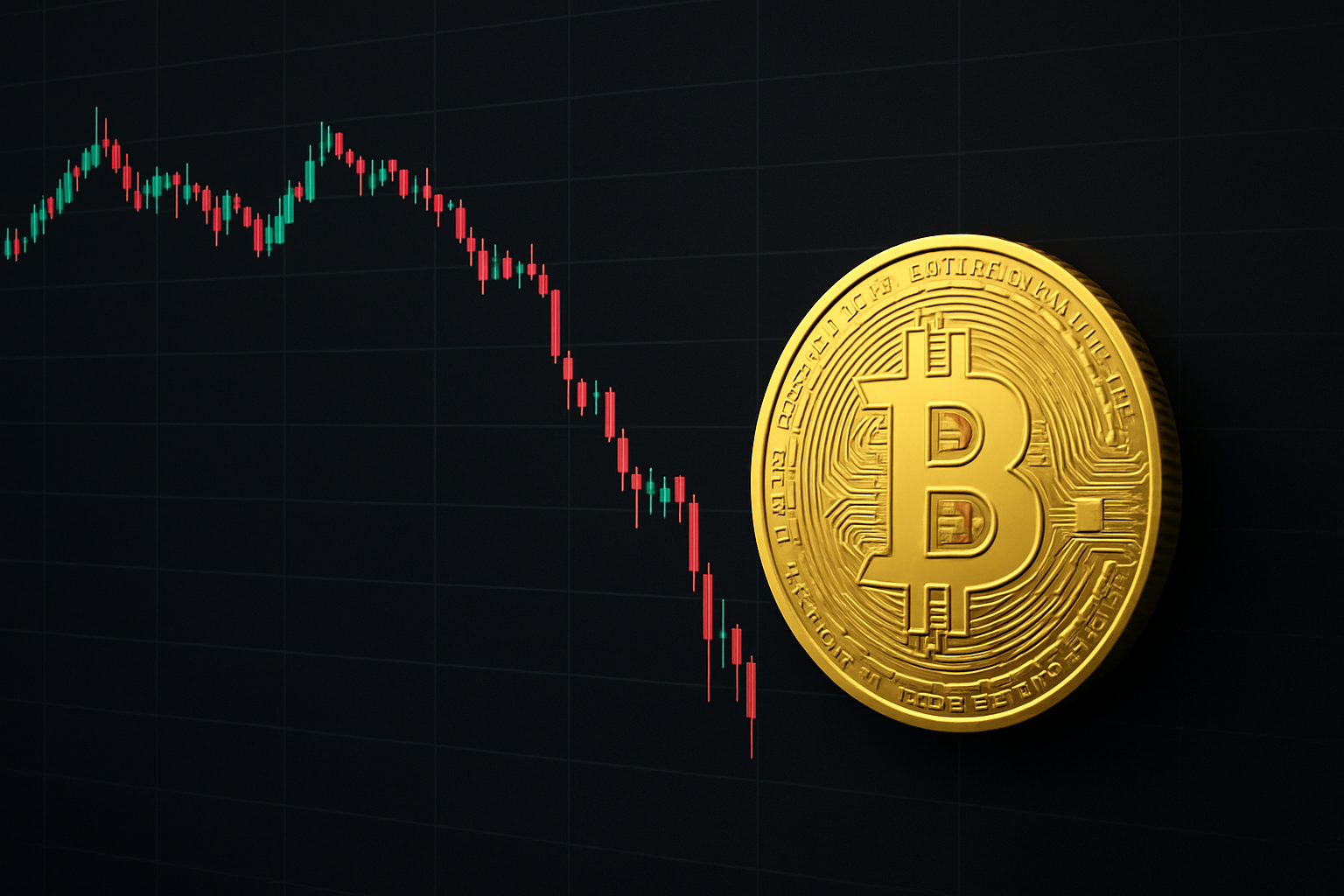Market backdrop and immediate catalyst
On June 13, 2025, Bitcoin experienced a sharp drop, briefly falling to around 102,000 dollars on major exchanges. The flash crash coincided with a sudden escalation of Middle East tensions, following Israeli airstrikes on Iranian territory. Historically, these geopolitical spikes tend to act less as long-term threats and more as temporary triggers for market repositioning.
Past cycles show average rebound of 64 percent
Looking at previous geopolitical shocks, Bitcoin has consistently demonstrated resilience. Research from a European analytical group indicates that since 2010, BTC has posted an average gain of 64 percent within fifty days of major global events. One notable example is the early 2020 conflict between the United States and Iran, which sparked a rally of more than 20 percent in less than a week, outperforming gold and the S&P 500.
Academic studies reinforce this pattern. Bitcoin is increasingly seen not just as a reactive asset, but also as a defensive instrument during periods of uncertainty.
On-chain signals point to silent accumulation
Network data shows that the Puell Multiple remains below 1.40, a zone historically linked to accumulation phases. When this indicator drops below 1.0, it has often preceded major bullish movements. At the same time, Bitcoin is trading near key cost basis levels for short and mid-term holders, suggesting a low likelihood of panic selling.
Combined with reduced daily issuance following the April 2024 halving, the data suggests increasing supply scarcity in the current market.
A tactical setup for experienced investors
This moment may represent a tactical opening for institutional capital. Three signals stand out:
- Consistent historical rebounds after high-impact geopolitical disruptions
- Fundamental indicators in discount zones, with visible signs of whale accumulation
- Multiple on-chain support layers formed by holder cost averages
Rather than indicating structural weakness, the sudden drop may be a strategic reset. If past patterns repeat, the current conditions could lead to another phase of upside, potentially driven by institutional re-entry. This is when experienced investors usually act while the majority remains uncertain.







